Obituary: Edwin Earl “Ned” Freed

Giant in the establishment of internet standards and technology, HMC grad
“Is it nature or nurture that creates greatness? Perhaps for Ned (Edwin Earl Freed), both were significant factors,” his family shared.
Born December 15, 1959, to Barbara Leigh Wilhite, a chemist, and to Leon C. Freed, a cardiologist, “Ned exhibited prodigious intellectual abilities and recognized his own connections to humanity early in life,” his family said. “Like his parents, he humbly and compassionately respected others not just for unique intellectual talents but valued diverse life experiences.
During preschool years, Ned labored for hours tinkering with boxes, wires, and cables imaginatively creating new devices. When he felt the need to plug in any newly created gadget, he took it to the couch and ran a cord between bottom and top cushions, and placed pillows atop his design. ‘All finished,’ he would inform his astonished mom.
“When Ned invited his best friend in preschool to his birthday party, the response perplexed him since she asked, ‘Will your parents mind?’ When Ned got home, he wanted his mother to explain why a little Black girl asked such a question; Barbara attempted to explain racism. Later in life Ned expressed that he never understood intolerance during childhood nor in adulthood.
“Ned relentlessly constructed new designs using a variety of materials. On one occasion at 10 years old he requested that an adult friend, Jack Walker, drive him to dumpster dive at Southwestern Bell Telephone to collect free discarded treasures (such as cables, wires, mechanical parts, and other raw materials) he could transform into new creations. Jack parked Ned’s family car, a Cadillac, in front of the dumpster. Ned energetically hopped in and searched the treasure chest for essential bits and pieces. From Southwestern Bell’s main office, a small wiry man appeared. ‘You can’t be dumpster diving!’ he insisted. Jack, who was 6’4” and larger than life, stepped out of the Cadillac, pointed his finger toward the fellow, and authoritatively stated, ‘You leave that boy alone.’ The man promptly scurried back into the main office. After Ned finally finished his dumpster dive, Jack helped him load up his treasure, and they drove away. Years later, Ned honorably served as the only white pallbearer at the funeral of one of his best friends, Jack Walker, at Mount Zion Black Baptist Church in Stillwater, Oklahoma.
Freed’s father, “Lee” Freed, was a prominent and influential figure in his life. He often took his son to his office where he worked as a cardiologist. “On one memorable occasion, Lee left young Ned in the office as he attended patients,” his family said. “The office telephone had multiple lines which was a big deal during the early 70s. Inquisitive Ned, determined to know how it worked, disassembled that phone. Lee, startled at the sight, admonished his son, ‘You better put that back together.’ Ned responded, ‘I took notes Dad,’ and proudly presented the writing to his father.”
An invitation to a swimming party introduced teenagers Tamara McDonald, 14, and Ned Freed, 15. “During that initial encounter, after over an hour of attempting to teach Tamara to dive, Ned finally exclaimed, ‘Tamara you dive like a frog.’” They were married on September 1, 1989. On July 30, 1990 the young couple welcomed their son, Thomas Leon Freed. “When Thomas was a teenager, setting out on a trip to Australia, Ned belted out across the airport in his booming voice, ‘Thomas, I love you!’ Ned hated being separated from his family, and was not afraid to demonstrate emotions.”
After graduating from Harvey Mudd College in 1982, he and two fellow HMC alums cofounded in 1987 what was likely Claremont’s first internet software company, Innosoft International, Inc. Initially located at 111 Harvard Ave., later the headquarters were moved to First Street near Yale Avenue. Innosoft’s software, which remains a core part of routing and delivering e-mail across the internet, has most certainly touched emails most have sent and received. Innosoft’s customers include Apple, Verizon, AT&T, and even the White House. While today many take for granted sending e-mails with photos or other attachments, this was unheard of in the early 1990s. Innosoft, under Freed’s guidance, advanced necessary standards and technology that made possible email with multimedia attachments. “Such standards are foundational to the success of the World Wide Web,” his family said. “Communications with more than words and texts have advanced like wildfire.”
In the 1990s Innosoft was twice recognized by Inc. Magazine on its list of the 500 fastest growing companies, and was also touted by LA Fast 50 as one of the fastest growing private companies. “Ned continuously led Innosoft’s accomplishments after it was acquired by Sun Microsystem, Inc., and through Sun’s acquisitions by Oracle Corp a decade later,” his family said. “Innosoft’s software continues to be developed and used; Ned’s tinkering continues to touch lives worldwide.”
“On May 22, 2022, the Internet lost a hero,” said friend and colleague Nathaniel Borenstein. “Ned Freed and I were in our early 30s when we met. I was a researcher in Pittsburgh, passionate about extending email to include pictures, sounds, and rich text in any language. Ned was a young entrepreneur in California, passionate about improving interoperation between independently designed email-like systems. We were the closest of collaborators during the early 1990s, when we led the design of the Multipurpose Internet Mail Extensions (MIME) — three years of intense partnership that turned out to be the career highlight that both of us would be best remembered for.
“MIME is now used trillions of times daily, in virtually every web page and email message, and we’ve both long since recognized that it would feature prominently in our obituaries. But it isn’t what I think of when I remember Ned. MIME was the product of our collaboration, but it was the collaboration itself that I most treasure.
“It’s my observation that a remarkable number of innovations seem to originate in the well-timed creative dynamic of a pair of fortuitously compatible people in a collaboration that can be far more intimate than, say, merely producing a baby. UNIX came from the pairing of Thompson and Richie, Apple from Jobs and Wozniak, Microsoft from Gates and Allen, Google from Page and Brin. Cerf and Kahn gave us TCP/IP, while Parker and Stone gave us South Park and The Book of Mormon. Fate — in the form of Einar Stefferud (universally known as Stef), one of the less remembered heroes of the early Internet — brought Ned and me together at the moment when something like MIME was desperately needed.
“I think that such creative partnerships usually involve people with very different but complementary personalities and skills, focused on a common task. Ned and I were nearly the exact opposite — temperamentally fairly similar, but initially focused on very different tasks. I wanted to make email richer, while he wanted to make it more robust and interoperable. A third constituency lacked email expertise and was laser-focused on freeing email from its English-only heritage. When Stef realized that these three goals were highly complementary and might be achieved together, he introduced me to Ned and suggested we get involved with the IETF (Internet Engineering Task Force) and try to change the world.
“We did, but in retrospect that’s not nearly as remarkable to me as the fact that we did it without a single argument. Perhaps in part because we came into the MIME work with different motivations and expertise, we had no built-in disagreements. I’ve had other very successful collaborations, but there was always something to disagree about, sometimes leading to the kind of blowout fights that make you wonder how a couple can manage to stay together. With Ned and me, however, it was all harmony. I know we weren’t always right — I frequently point to one or two aspects of MIME that embarrass me to this day — but we were even unified in our mistakes.
“Or at least, I’m about 99% sure we were that perfectly harmonized. It’s hard for me to be absolutely positive, however, because Ned was such a master of reasonableness and amiability. While I would occasionally get overexcited and argumentative, Ned could stay calm and sunny in the face of the most egregious wrongheadedness and ignorance, though he could be frank and even scathing about it in private. There were surely people who worked well with Ned, liked him very much, and never had a clue that he thought they were idiots, so gentle was he in debating and correcting them. He could completely separate their opinions from their identities, and he seemed to like nearly everyone, which meant that nearly everyone liked him. I would not put it past Ned to have disagreed with me so gently that he actually won arguments I never knew we were having.
“MIME was our first involvement with Internet standards work, the first RFC either of us had our names on. The MIME work was a career-making breakthrough for both of us, but we went different ways afterwards. I went off in a number of directions, founding several startups and then helping lead innovation and standards work at IBM and Mimecast. Ned was astonishingly stable and even-keeled, never once changing employers; the company he founded before I met him was acquired by Sun, which was acquired by Oracle, where he remained to the end. His stability, patience, and clarity were a perfect match for standards work, and he never stopped working with the IETF, ending up as the author of over 50 RFCs (far more than my 16, and in fact more than 99.95% of RFC authors), and one of the best known and most respected figures in the Internet standards community.
“You only had to meet Ned once to understand why he was so good at this. He was wicked smart, of course, but there are plenty of smart people who flame out in the process of trying to build consensus. But Ned always had a warm smile. His humor could be quite biting in private, but never malicious, and in larger meetings he carried himself in such a way that it was almost impossible not to like him.
“I knew Ned for just over half his life, but never without health problems. When I met him, at just barely over 30, he was already deep in his lifelong struggle with ulcerative colitis. He talked openly about his health issues when asked, but I never once heard him complain. In his later years his health led him to stop traveling to IETF meetings, but he remained an active and soothing presence who proved over and over, to a still skeptical world even within the IETF community, how modern technology can allow people with the right communication skills to be first class participants from thousands of miles away. He worked so effectively through his illness for so long that I almost stopped worrying about him, as if I expected him to live forever.
“The people you hear the most about aren’t generally, in my experience, the people who most deserve it. A lot of the most important and constructive work is quiet and behind the scenes. Ned never, to my knowledge, sought to aggrandize himself. Even for the work we did together, I ended up being the one who people know as the ‘father of the email attachment.’ But I could never have realized my vision of richer, more powerful email alone. Ned’s deep expertise and focus on detail kept me from going down more than a few rabbit holes that could have sunk the whole MIME project, while his disposition probably made the difference between a gradually emerging consensus and a pitched battle of entrenched ideas.
“Meeting, collaborating with, and becoming friends with Ned Freed was one of the highlights of my career, and I will miss him for all the time I have left. Although I’m not a believer, I’d like to picture him in heaven right now, smoothing out communication problems between the cherubim and the seraphim, devising protocols for synchronizing the tuning of everyone’s harps, and perhaps gently trying to convince God to loosen up and decentralize the universe a little more. If anyone can do it, Ned would be the man. Rest in peace, old friend.
In 2012 the Board of Governors of the Harvey Mudd Alumni Association awarded Ned Freed its outstanding alumni award in recognition for his remarkable contributions to humanity through insightful leadership and for groundbreaking technical inputs in development of the Internet.
“Ned did not shy away from politics and political activities,” said friend Zephyr Tate-Mann. “He served on the executive board for the Claremont Democratic Club, and volunteered his expertise as a webmaster who designed the club’s website and managed it for years. This included posting a wide variety of information, maintaining online mailing lists, distributing the newsletter and various other communications, in addition to solving software glitches. While serving on the executive board he was highly respected for his analytical ability, broad knowledge, keen sense of fairness and for providing progressive direction for the club. Ned participated in and supported the Inland Communities Democratic Headquarters PAC. He helped plan the successful opening and function of the Democratic Headquarters PAC and the Democratic Headquarters for the Inland Communities. Ned continued to volunteer his services, expertise, skills, wisdom, and knowledge for the benefit of both organizations until it was averse to his physical health.
Ned Freed is survived by his wife, Tamara McDonald-Freed; son, Thomas Freed; godchildren Rebecca Armstrong, Ty Rothman, and Laurel Newman; and extended family members Kristin Hubner and Dan Newman.

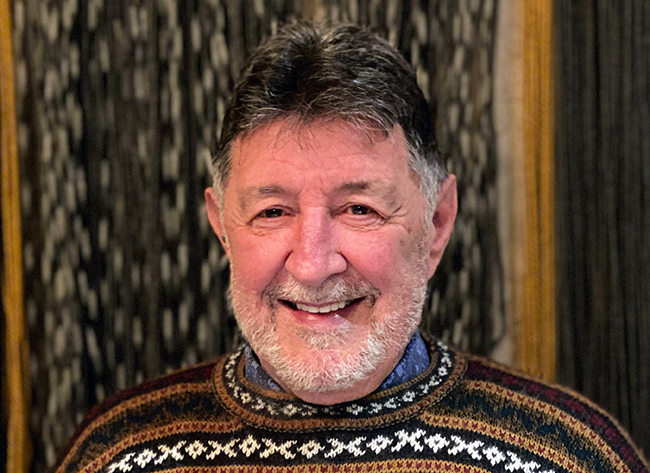
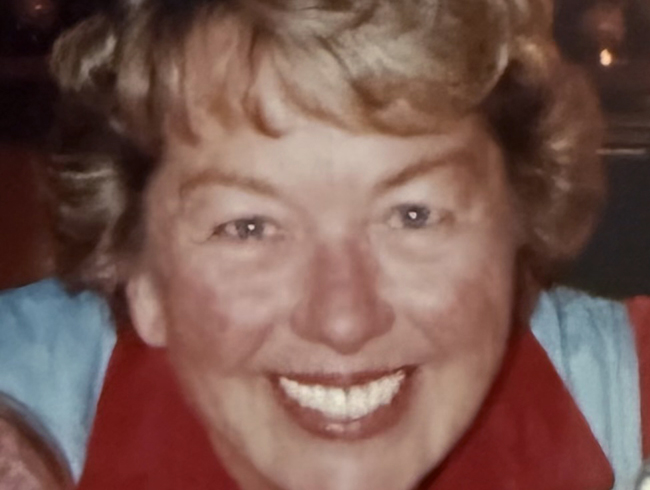
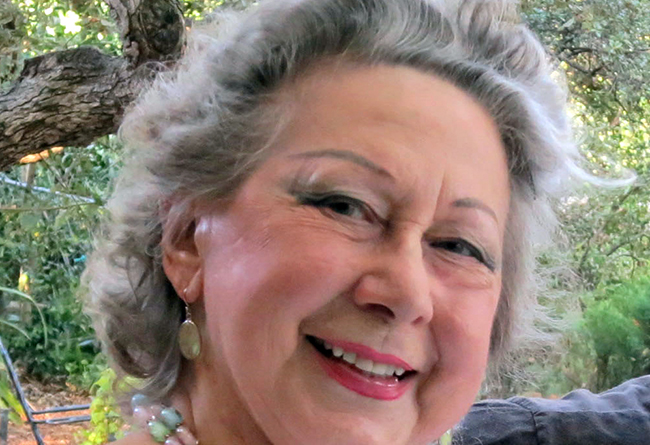
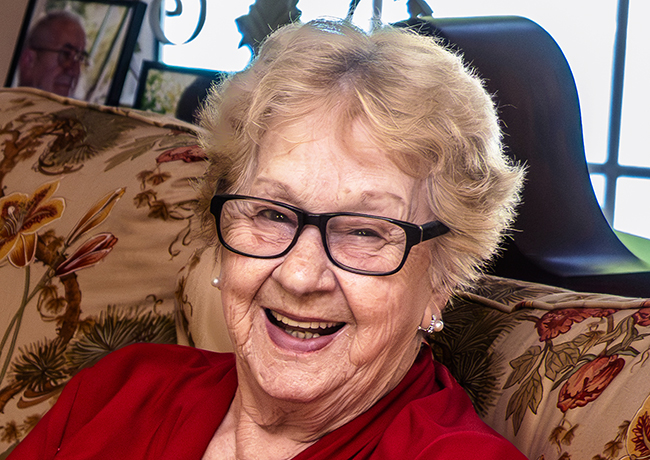

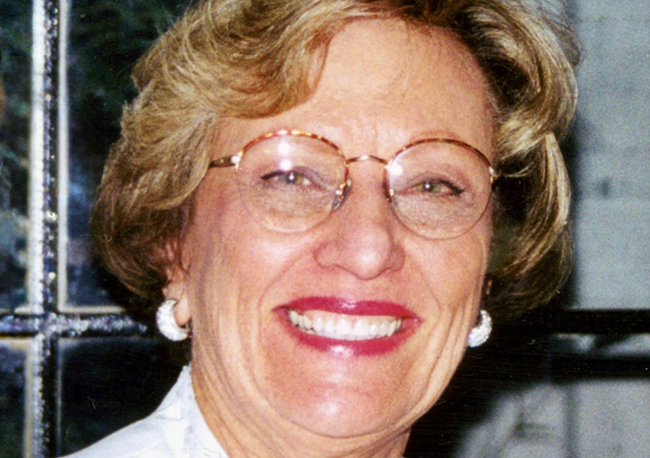

0 Comments